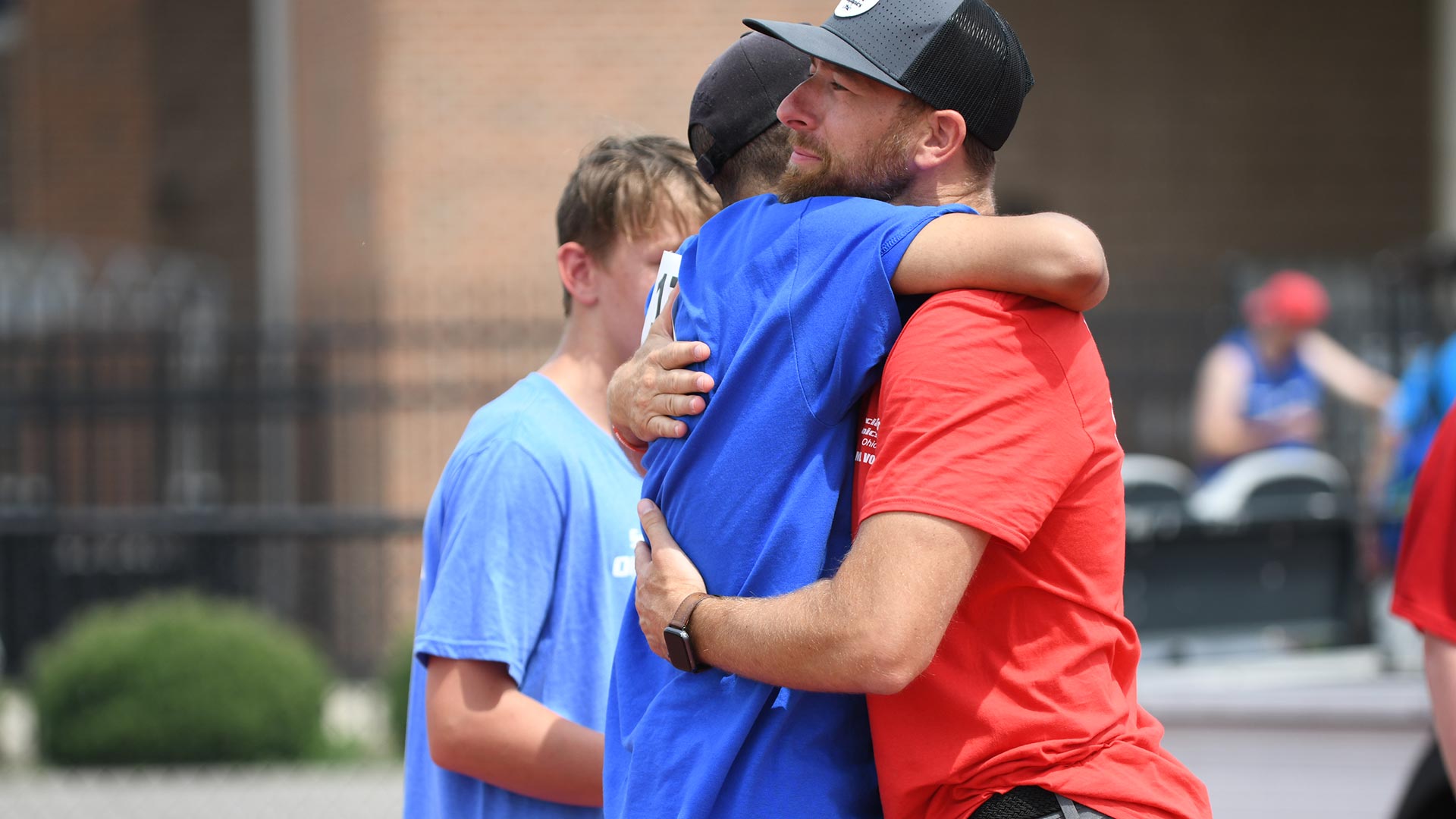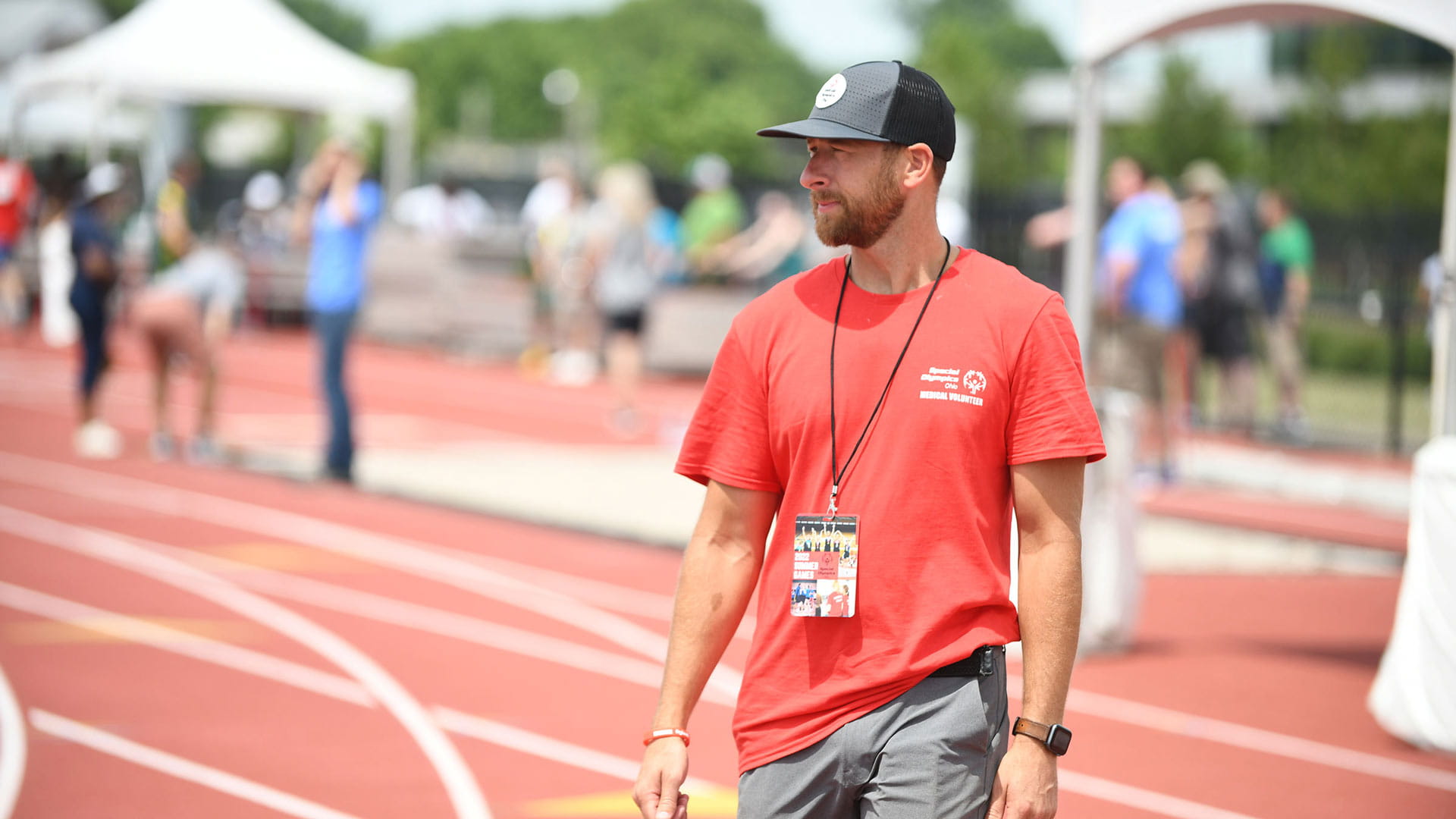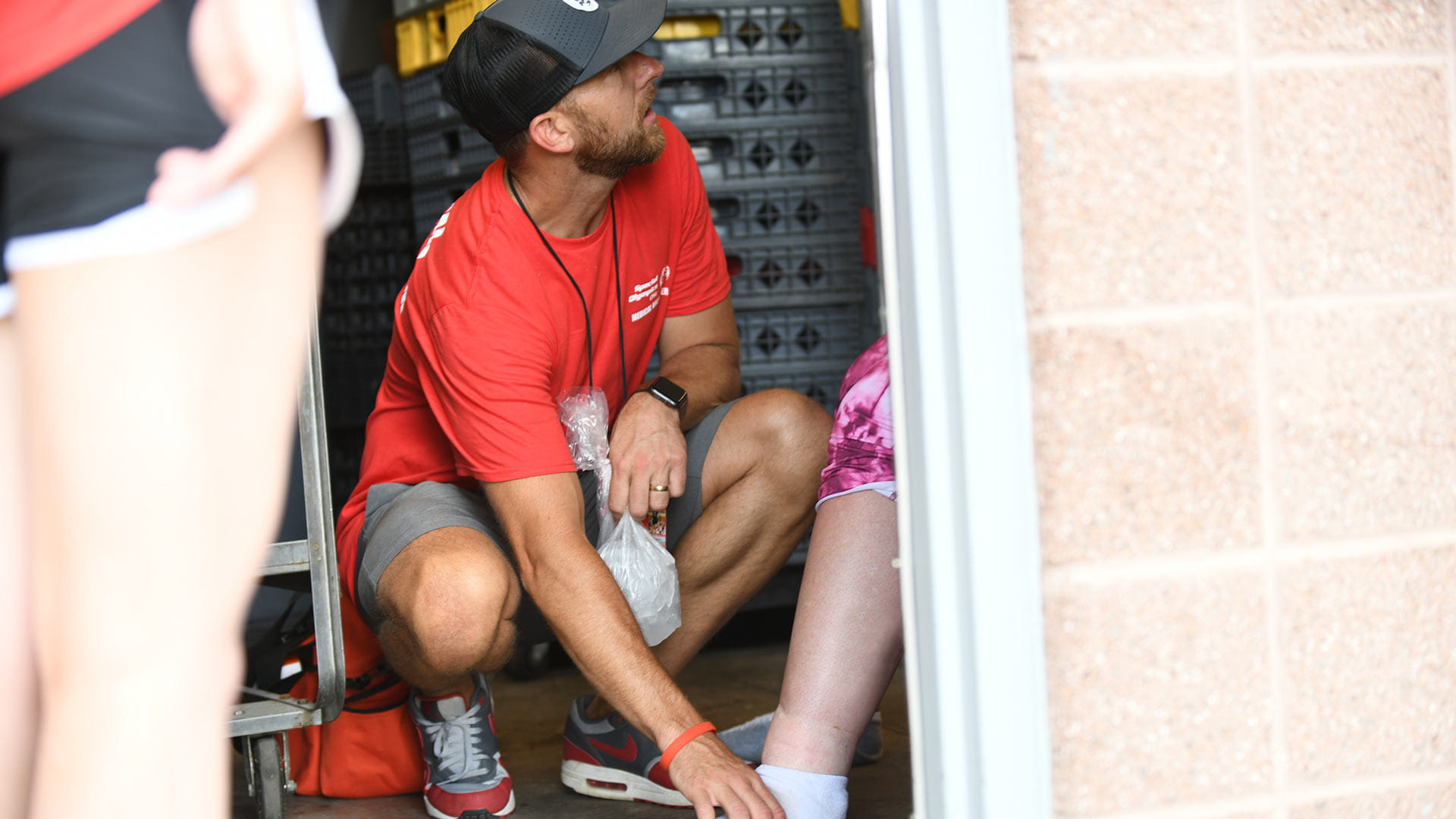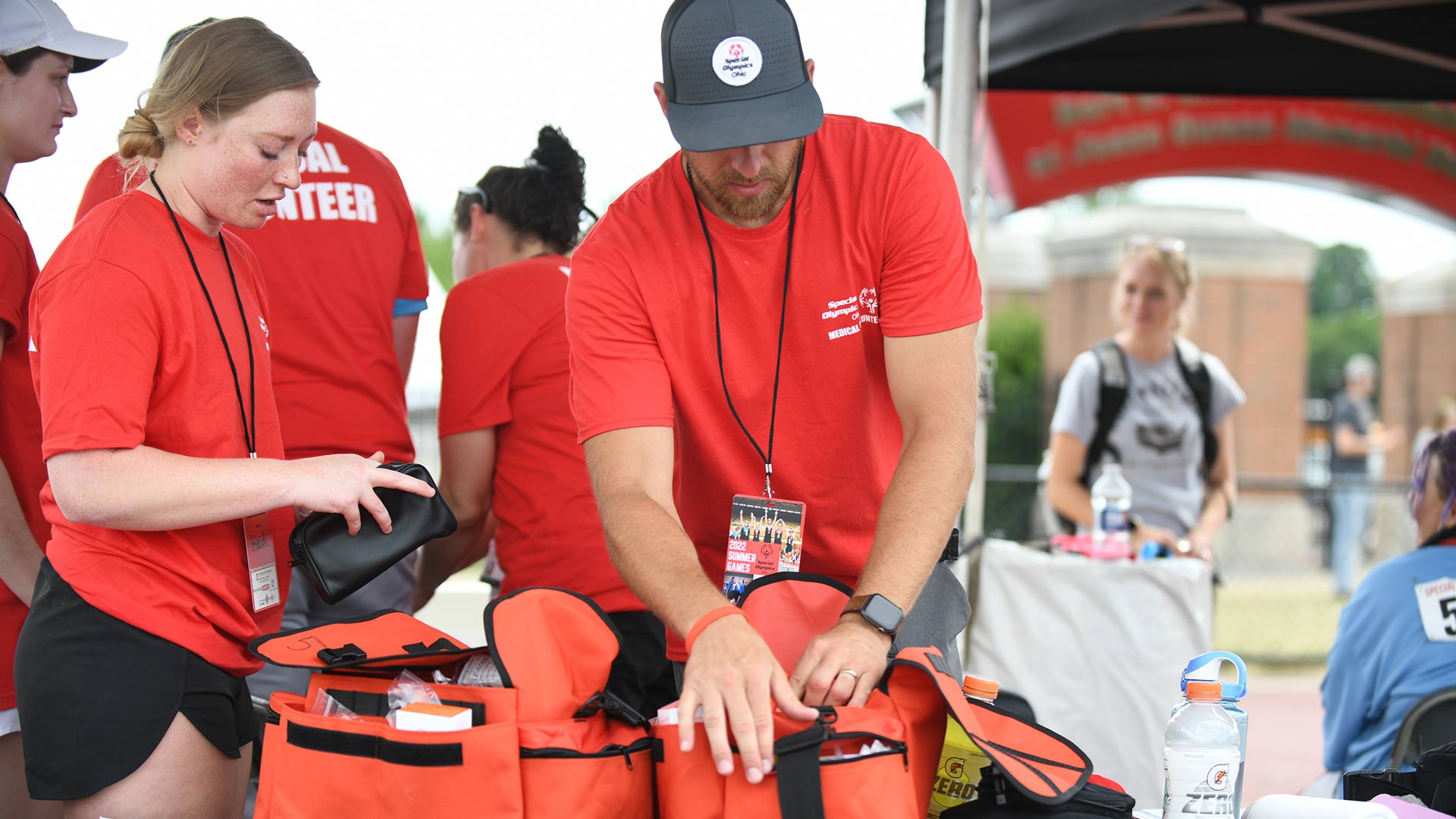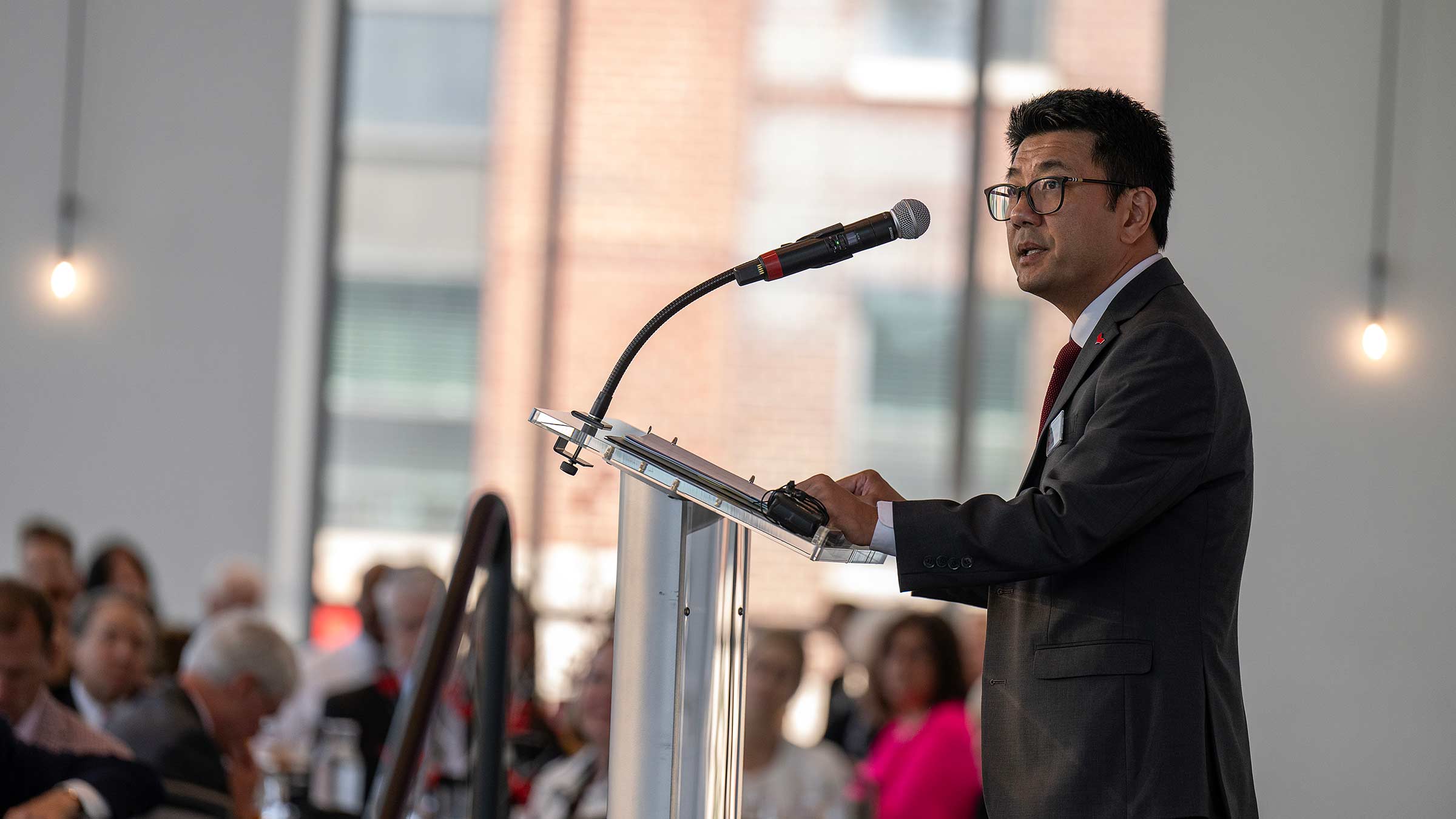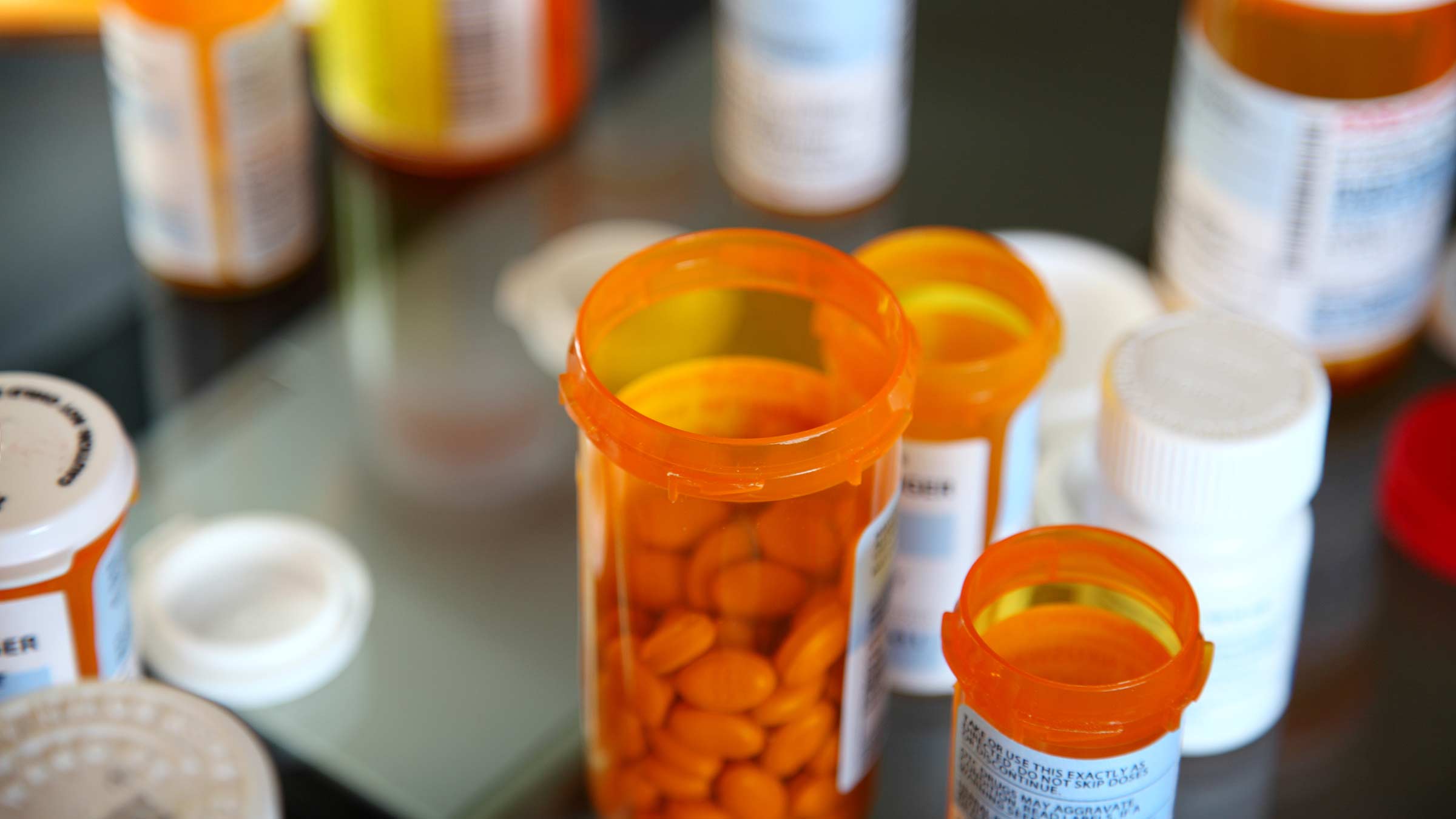For sports medicine physician, giving his time to Special Olympics is a gift right back

For a doctor who’s worked the sidelines of all three of Cleveland’s professional sports teams, Michael Jonesco, DO, has discovered a different kind of satisfaction on the sidelines of Special Olympics Ohio.
Sprained ankles and heat stroke. Broken collar bones and dislocations. In some ways, treating athletes’ injuries is much the same.
But as medical director of Special Olympics Ohio, Dr. Jonesco has experienced so many heartening moments that would never happen in the NBA of NFL, moments when a player simply makes a basket, then runs across the court to give their coach a hug or high-five, when athletes clap for a player’s goal on the opposing team, when a player tumbles instead of leaping and then gets up and tries again, smiling.
There’s little concern about mistakes and missed shots, an umpire’s call or a coach’s strategy, future scholarships or an athlete’s stats. It’s just about the sheer fun of playing, whatever the sport, whatever the outcome. The way Dr. Jonesco remembers it was for him playing whiffle ball in a vacant parking lot with his older brother and pals in the neighborhood. Just trying to keep up with the older boys thrilled him.
Before he attended his first few Special Olympics events, Dr. Jonesco had figured they were going to be rewarding, giving his time and medical know-how to a cause he believed in. He didn’t expect the experience would refresh his perspective on sports.
“It’s never about money. It’s not even about gold medals. It’s about overcoming the obstacles in their lives to be there,” Dr. Jonesco says. “You realize how amazing that is.”
Dr. Jonesco is Special Olympics Ohio’s first medical director, a volunteer position. He’s also head physician for BalletMet and three other sports teams, and an affiliate team physician for the major league baseball team, the Cleveland Guardians. All of it, he does while maintaining a full-time job as a sports medicine physician at The Ohio State University Wexner Medical Center and being a father of four young children, an impossible feat, it would seem, unless you enjoy being in action at all times, which he does.
For Special Olympics Ohio, Dr. Jonesco helps recruit, schedule and provide guidelines to about 100 medical volunteers — doctors, athletic trainers, physical therapists and nurses — to staff each of the state’s two main events. Winter games are in Bowling Green; summer games in Columbus at The Ohio State University. At each of the events, medical volunteers might help an athlete who sprains an ankle or is struck with heat stroke or a panic attack.
Along with an intellectual disability, some of the athletes have serious medical issues such as seizure disorder or congenital heart abnormalities. They may have hearing or sight impairments, limited endurance and strength, poor agility, balance, flexibility and reaction time, all factors which increase their risk of being injured. With nearly 3,000 athletes and coaches participating in Winter and Summer games, injuries are not unusual.
“The injuries can be much more devastating,” he says. “That’s what you worry about.”
To prepare medical volunteers, Dr. Jonesco has to convey the nuances of approaching a Special Olympics athlete who might be injured and scared to be treated, to even be touched.
“It’s the same as working with any other athlete who’s been injured. They don’t want to talk to you. They don’t want time off the field,” Dr. Jonesco says. “Anytime they’ve talked to a medical provider in the past, they’ve been told bad news. So, they have fear.”

Going “all in”
Dr. Jonesco is 42, which would probably flabbergast many of his patients. It may be a combination of athleticism and genes that make him look like he’s fresh out of medical school, maybe even a college student. Along with looking young, he likes to be doing, constantly doing.
He first brought his youthful, high energy to Special Olympics Ohio four years ago. It was a fluke how he got involved with the nonprofit organization. A college student who had shadowed Dr. Jonesco contacted him a couple of months later. He said his uncle volunteered with the state’s Special Olympics, and the organization needed a doctor to help coordinate medical care for the events. Would he be interested in the job?
Dr. Jonesco had to think about it. He had a full schedule seeing patients all day. But he felt drawn to the cause, drawn to the possibility of assisting athletes who had obstacles to playing that he never had.
He asked Special Olympics Ohio’s chief executive officer, Jessica Stewart, for a written job description so he knew what was expected. Reading it, he quickly reached a decision.
“I’m all in,” he said.
The months and years that followed would prove that to be true. Whatever he could do to get the word out about the organization, draw more volunteers, more support, he was willing to do. In the winter of 2021, he took a “Polar Plunge” to promote donations to the organization.
Watch Dr. Jonesco's Polar Plunge challenge video
In a video that offers a glimpse of the big kid that he is, Dr. Jonesco stands outside his backyard in the middle of winter, wearing shorts and mirrored sunglasses. With his arms crossed and tight to his body, he describes an upcoming fundraiser then takes the dive.
“All right, you guys, you ready?” he asks his two eldest children, both dressed in winter clothes.
Lying down on the snow-covered grass, he waves his arms and legs to make a snow angel before jumping back up and running inside. “It’s so, so cold,” he says, breathless. After tossing a couple of snowballs to his son and daughter, he gets up and reaches for his flip-flops. “Frostbite is real,” he says then jets inside.
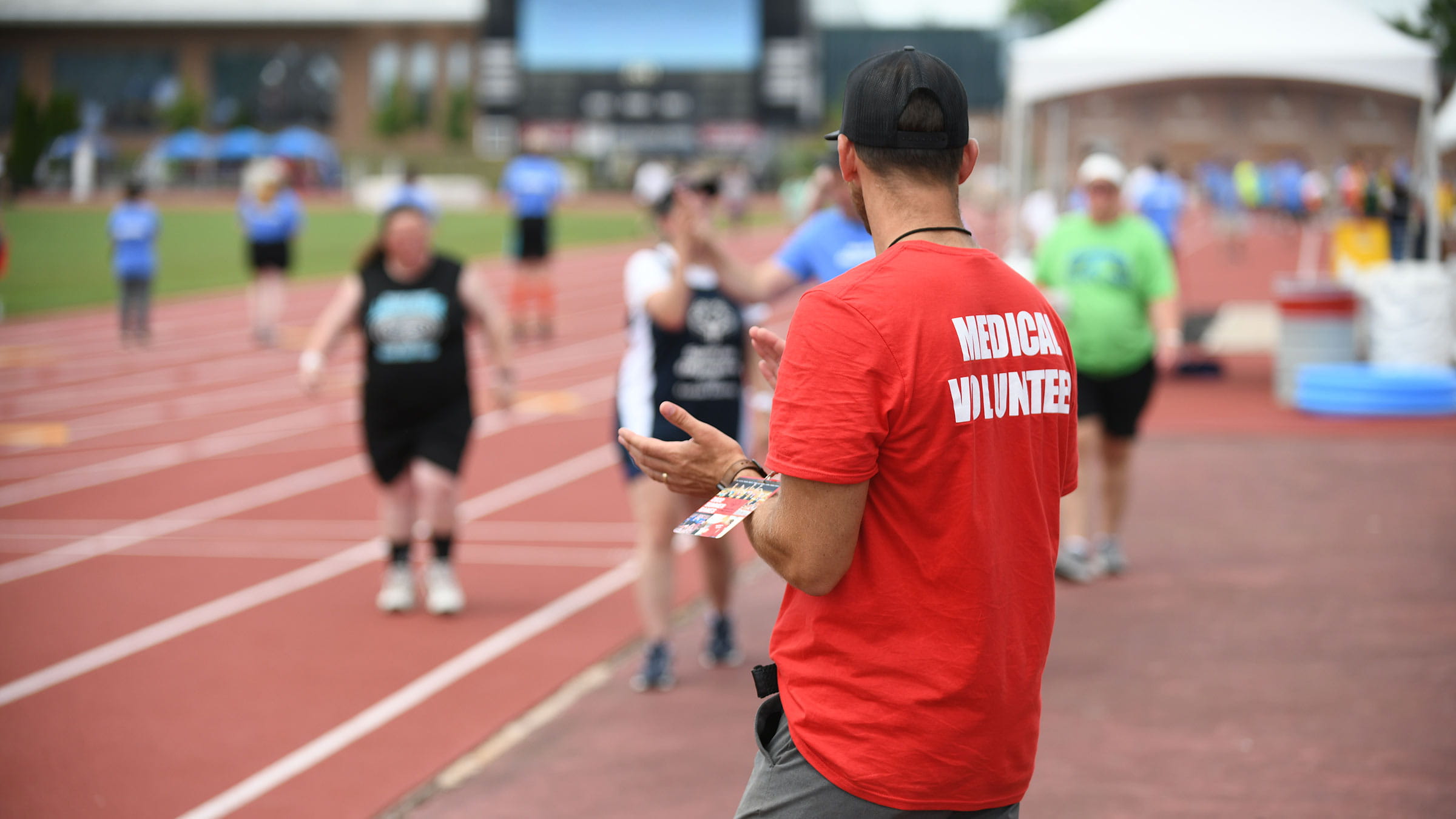
Bringing on change
Before Dr. Jonesco became medical director for Special Olympics Ohio, a small group of retired medical staff supported athletes at the events.
“It’s been a 180, in terms of the quality of care we provide,” Stewart says. “Our athletes deserve that.”
Stewart credits Dr. Jonesco with making that happen, expanding the number of volunteers, providing training and having good rapport with everyone: the volunteers, staff and athletes.
“Our athletes like him. They really like him,” Stewart says. “I think it comes through in how they respond to him. They look at him and smile. That’s even though they’re injured and it’s not a great time for them. Still, they always want to see Dr. Jonesco.”
Seeing sports as a gift
Understanding and relating to individuals who have an intellectual or physical disability seems to come naturally to Dr. Jonesco. None of his four children or relatives have disabilities but in high school, as a basketball player on the school team, he and his teammates were required to volunteer at a nearby facility for individuals with intellectual disabilities. Twice every season, Jonesco and his teammates taught them basketball.
Playing with them on their outdoor court, he also had an important realization: Many of them didn’t have the chance to participate in organized sports growing up as he had. Some people, even in their twenties and thirties, had never learned how to shoot, dribble, make a free throw. They had never been given a chance to be on a team.
“Those opportunities were given to me, fed to me,” he says of his involvement in sports leagues and sports camps. “Not everyone had those opportunities.”
Having great ability with a disability
“You’ve got to see this.” He’s just returned from a week in Florida with the Special Olympics athletes from Ohio competing in the national games, which happen every four years. On his office computer, Dr. Jonesco goes to YouTube and types in: Special Olympics Opening Ceremonies.
He skips past the music, past the athletes parading out. He’s searching for the part where athletes tell their stories.
“You couldn’t help but have a tear in your eye listening,” he says.
“We’re talking about people who have had great barriers in their lives. They’ve been written off and told they can’t do this. And here they are accomplishing this. It’s a beautiful, wonderful thing.”
It may be bocce, soccer, weightlifting or cheerleading. It may be walking 20 yards and reaching the finish line. Here, victory often isn’t about a first-place medal. Take, for example, a cheer competition at Ohio’s winter games this past February. There were no stunts, no people jumping onto the backs of another, then leaping off. No fancy formations.
“It’s just kicks and a little disjointed coordination, but the joy is still the same. The purpose is the same,” Dr. Jonesco says. And when the competition was over, after the winners were announced, the song ‘Dancing in September’ blared and everyone rushed out onto the court — athletes, their family members and friends.
“It was the biggest dance party ever,” Dr. Jonesco says. “People were grinning, dancing. You couldn’t help but get the warm fuzzies being there.”
Becoming ‘Dr. J’
Before aspiring to be a physician, Dr. Jonesco had wanted to be a professional football player. He was quarterback and captain of the football team at Ohio Wesleyan University where he received his undergraduate degree.
“I had a good offensive line,” he says, explaining how he was able to play football for four years and never get injured seriously. “I was scared of getting hit, so I got rid of the ball really quickly.”
He says that, tongue in cheek, his dry sense of humor surfacing.
After college, Dr. Jonesco went on to earn his osteopathic medicine degree at Chicago College of Osteopathic Medicine. During a fellowship at the Cleveland Clinic, he realized he wanted to pursue sports medicine. He worked with all the teams he had watched on television growing up: the Cleveland Browns, Cleveland Guardians, the Cleveland Cavaliers. Suddenly he was on the sidelines helping teams he had long admired.
Athletes who had awed him, he would discover, were much like everyone else. Some were young kids who hadn’t figured it out yet. Some were parents and had. Some were self-involved, impatient even with the medical staff helping them, others incredibly appreciative.
“It’s something I’d never thought I’d get to do,” he says.
When he scratched off professional football player from his pipedreams, he realized he wanted to become a doctor, and during his residency figured out how to meld those two interests in one. He could experience professional football, just in a different way.
For years, Dr. Jonesco watched his father, a family practice physician, volunteer to assist the injured for games his children were involved in and others in the community. He had no formal sports medicine training, but he had a sense of what to do. Dr. Jonesco too enjoys jumping in and learning on the spot. Special Olympics Ohio has allowed him many an opportunity when working with an athlete or devising rules for playing during a pandemic.
Around staff and athletes at the games, Dr. Jonesco refers to himself as “Dr. J.” and likes when others do the same. That’s the same name his father was called. The elder Dr. Jonesco thought it would be easier for his patients to say “Dr J” than Dr. Jonesco.
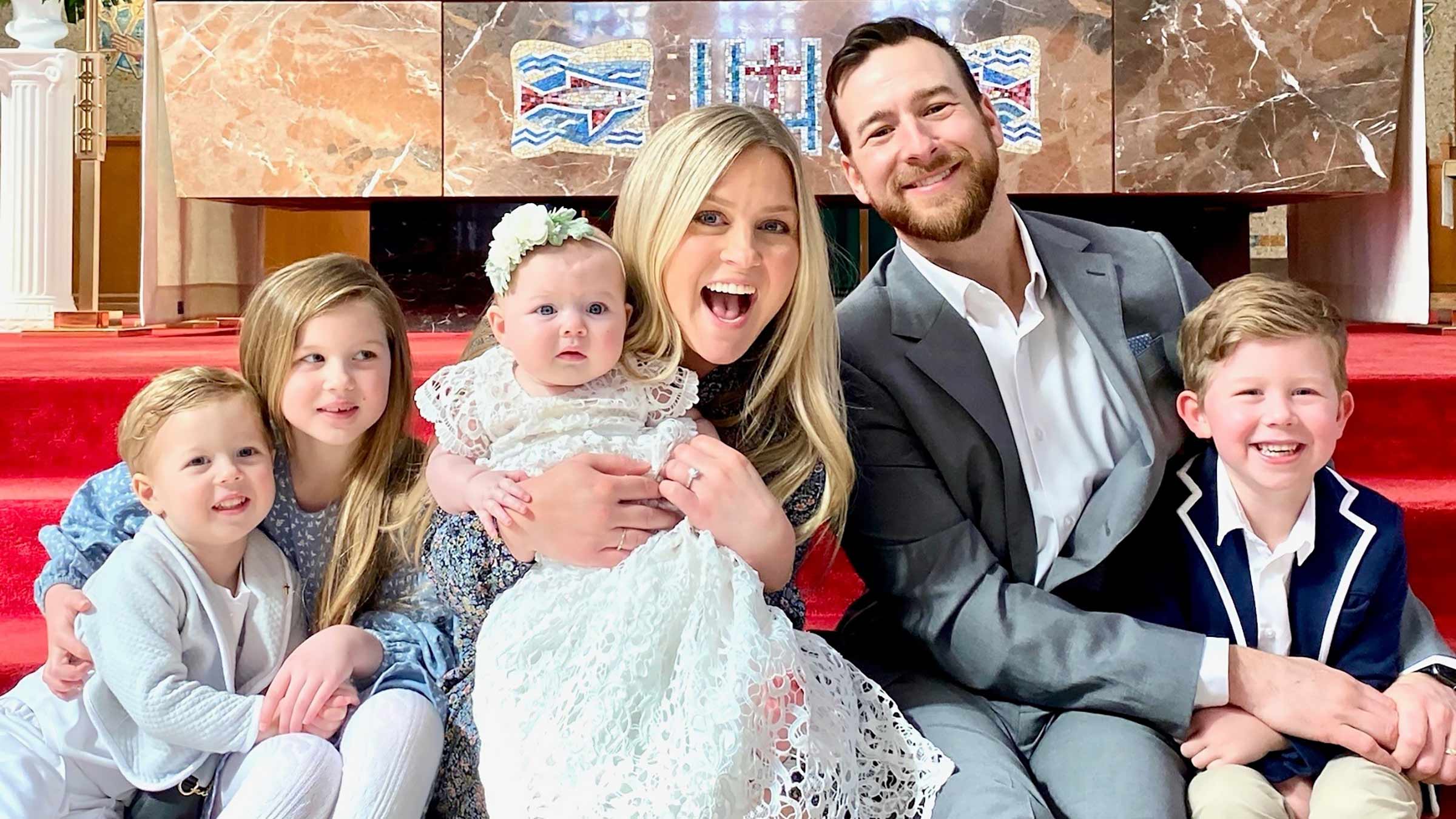
Why he does it
It’s no doubt a tricky juggle working as a physician, volunteering for Special Olympics, being medical director for five other groups, and having four children, all under the age of eight.
Dr. Jonesco doesn’t see it that way.
“I do best when I multitask,” he says. He likes having a lot going on. Like recently when he and his wife were buying a house, moving out of their current house. “It’s a little bit crazy,” he says.
Being a parent is one of the many reasons Dr. Jonesco volunteers for Special Olympics Ohio. He wants his children to grow up appreciating differences among people — differences in race, skin color and abilities. Growing up, he was lucky to get that message early on, living near Oberlin College, one of the first colleges to admit African Americans and the first in the country to admit women.
Dr. Jonesco wants to pass along the importance of inclusion to his children and hopes, too, that they’ll see how sports can bring people together, making differences feel so much smaller on a field, on a baseball diamond, on a basketball court.
“I see the bonds that people make, the bonds with family and friends and teammates for a population that’s at risk of feeling like an outcast,” Dr. Jonesco says. All of which is why Dr. Jonesco finds time and energy in an already busy life to be at every event, mingling with the athletes, talking to volunteers, walking the sidelines, always checking for texts and for incoming calls because probably someone, somewhere might need him.

Ready to be at the top of your game?
Ohio State’s sports medicine experts are here to keep you in your game, maximize your performance and keep you healthy.
Learn more


